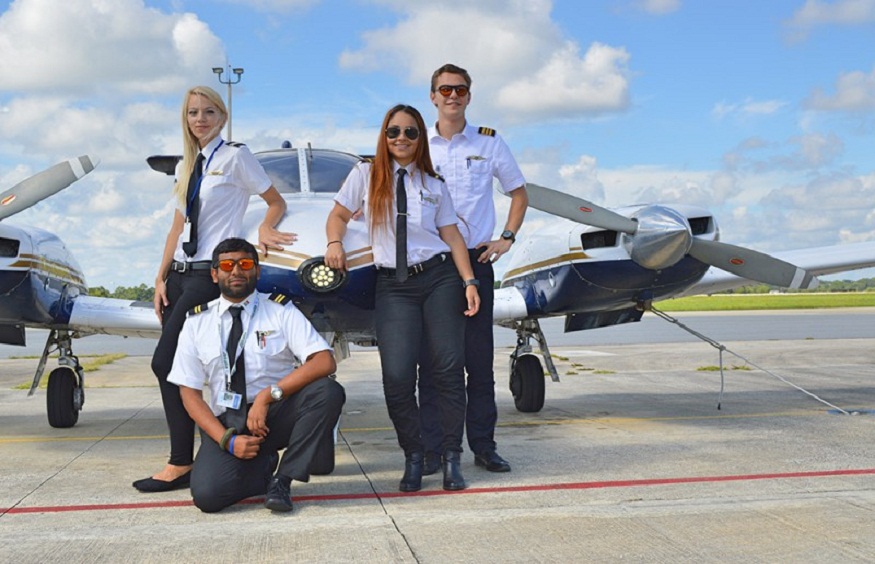For any aspiring pilot, choosing the right flight school is crucial. With so many flight schools available today, it is challenging to know the right one. However, a good flight school should offer more than flying lessons; it should provide a comprehensive education, high caliber training, and a supportive environment for the students.
But what are the key factors that determine a good flight school? Well, read on as we discuss factors that make a good flight school.
1. Accreditation and certifications
These two are among the most significant factors that determine good flight schools in Florida. A reputable flight school must be certified by the Federal Aviation Administration [FAA]. This certification demonstrates that the school has met specific standards for training and safety.
The school should also have accreditations from aviation bodies such as the Aircraft Owners and Pilots Association [AOPA] or the National Air Transportation Association [NATA]. Both of these accreditations show the school’s commitment to quality and professionalism.
2. Qualified and experienced instructors
A good flight school should also be well equipped with qualified and experienced instructors. That’s because the quality of instruction is critical. The school should only employ experienced and certified flight instructors who have extensive flying hours and a passion for teaching. Additionally, they should be able to provide both theoretical knowledge and practical skills.
The instructor-to-student ratio is also crucial. The school should ensure a low instructor-to-student ration to ensure personalized attention, which is crucial for mastering flying skills and receiving tailored feedback. Generally, the ratio can impact not only the quality of training but also the overall student satisfaction.
3. Comprehensive curriculum
Since you are enrolling in the flight school to obtain flying training, you must ensure that they have a comprehensive curriculum. The school should offer a balanced mix of ground school and flight training. The ground school should typically cover all relevant theoretical knowledge, including navigation, weather, regulations, and aircraft systems.
On top of basic pilot training, the school should also offer advanced training programs like instrument rating, multi-engine rating, flight instructor certification, and commercial pilot license. This indicates the school’s ability to support student’s long-term aviation goals.
4. Modern and well-maintained fleet
A good flight school should also be well-equipped with modern, diverse, and well-maintained fleet, including single-engine and multi-engine aircraft. This variety allows students to gain experience on various types of aircraft, which is essential for comprehensive training. Maintaining these fleets is also crucial in ensuring a safe training environment and minimizing the risk of technical issues.
5. State-of-the-art facilities and equipment
A good flight school should also invest in modern facilities and equipment to promote effective learning. Modern flight simulators are among those state-of-the-art equipment that are essential for training as they provide a safe environment to practice emergency procedures, instrument flying, and complex scenarios without leaving the ground. The classrooms should also be well-equipped with up-to-date training materials, computers, and audiovisual aids to enhance the learning experience.
6. Reasonable cost and financing options
Flight training can be very costly. So, it is crucial to understand the cost structure. A good flight school should provide a transparent breakdown of costs, such as tuition, flight hours, equipment, and other fees. Additionally, check if the flight school offers or assists in obtaining financing options.

